A NOTE ON SOURCES
I interviewed more than seventy people for this book, some of themincluding Lavona Sadler, Bill Parrish, Bob Barkwill, Jim Sledge, Bob Powers, Robbie Robison, Hal Hardin, Steve Sherman, and Steve Brunoextensively. All quotes from interviews and e-mails are footnoted. Barry Sadlers childrenThor, Baron, and Brookechose not to contribute to the book.
I made extensive use of Barry Sadlers official U.S. Air Force and U.S. Army records, which are publicly availablesince he is a celebrityfrom the National Archives Military Personnel Records section in St. Louis. I found the official records of Barrys main unit in Vietnam, Special Forces Detachment A-216 at Camp Hardy, at the National Archives in College Park, Maryland.
Barry Sadlers 1967 memoir, Im A Lucky One, which essentially he dictated to the writer Tim Mahoney, served as a roadmap for the first few chapters of this book. I tried to corroborate what I used from the book with primary sources.
I searched through thousands of newspapers using several online newspaper archives. Newspapers.com, genaologybank.com, and news paperarchive.com specialize in small and medium-size newspapers, many of which covered Barry Sadler in 1966 and 1967 when The Ballad was popular. Google Books was a main source for secondary material, as well as for virtually all the back issues of Billboard magazine.
Former Nashville Police Detective Jim Sledge allowed me unlimited access to all of his files from the Lee Bellamy murder case, scores of documents that are stored at the U.S. Attorneys Office in Nashville. Sadler family attorney Hal Hardin helped me go through a mountain of legal documents, letters, and other materials related to the legal wrangling over Barrys medical care after he was shot in Guatemala in 1988.
Four journalistsJohn Ed Bradley, Cynthia Cotts, Bob Sipchen, and Robert M. (Bob) Powerswrote extensively researched articles on Barry. The late Lance Motleywriting under the pseudonym Gene Scroftalso interviewed Barry and his friends in Guatemala for his article Eternal Mercenary in the February 1989 issue of Soldier of Fortune magazine.
Those journalists interviewed many people, including several key players in Barrys life who have since died. A good number of quotes from their articles play an important part in this book. I am grateful for their work and for Bradley, Cotts, Sipchen, and Powerss help in 2015 and 2016 when I was writing this book.
Here are the citations and the abbreviations I used for those articles in the endnotes.
Bradley, John Ed, Barry Sadler with a Bullet, GQ, April 1990GQ
Cotts, Cynthia, Veteran Blues, Village Voice, April 4, 1989Village Voice
Powers, Robert M., Aint Gonna Sing About War No More, Los Angeles Times, West Magazine, November 28, 1971L.A. Times, Powers
Staff/Sgt. Barry Sadler with Tom Mahoney, Im A Lucky One (Macmillan, 1967)Im A Lucky One
Sipchen, Bob, The Ballad of Barry Sadler: The War-Glory World of an Acclaimed Soldier of Song Has Shrunk to a Hospital Bed, and a Bitter Family Battle, Los Angeles Times, January 27, 1989L.A. Times, Sipchen
What follows is an alphabetical list of those I interviewed for this book.
Paul Alford, Walter Anderson, Bob Barkwill, Joe Binkley Jr., Chip Bishop, John Ed Bradley, Ferrel Broslawsky, Bob Brown, Steve Bruno, John Buchan, Cynthia Cotts, Nelson DeMille, Jay Diamond, Philip Duer, Pat Duncan, Dale Dye, Ron Edwards, Larry Emons, Joe Ewald, Bill Fogarty, Janice Fox, John Furgess, Vernon Gillespie Jr., John Gissell, Seth Gitell, Tommy Gomez, Frank Graham, H. D. Graham, David Lee Guss, Tom Haberkorn, Joe Hannon, Hal Hardin, Jim Hasse, Richard Jenkins, Hugo Keesing, Suzy Kelly, John Kitch, Bruce Love, Al Maracaibo, Frank McAdams, William McManus Sr., Greg McNamee, Phil Milio, Jim Morris, John Opshinsky, Earl Owens, Philip Page, Bill Parrish, Doug Peacock, Felix Pete Peterson, Robert Powers, Jane Rager, Justin Ramsdell, Art Reed, Allen Richter, Rob Robison, Lavona Sadler, Hank Schlesinger, Ray Severn, Eliza Shallcross, Steve Sherman, Jim Schisler, Bob Sipchen, Rich Sirois, Jim Sledge, Loretta Sparkman, Howard Tritz, Jimmy Walker, Al Weed, Al Wilhelm, David Willson, and Patricia R. Young.
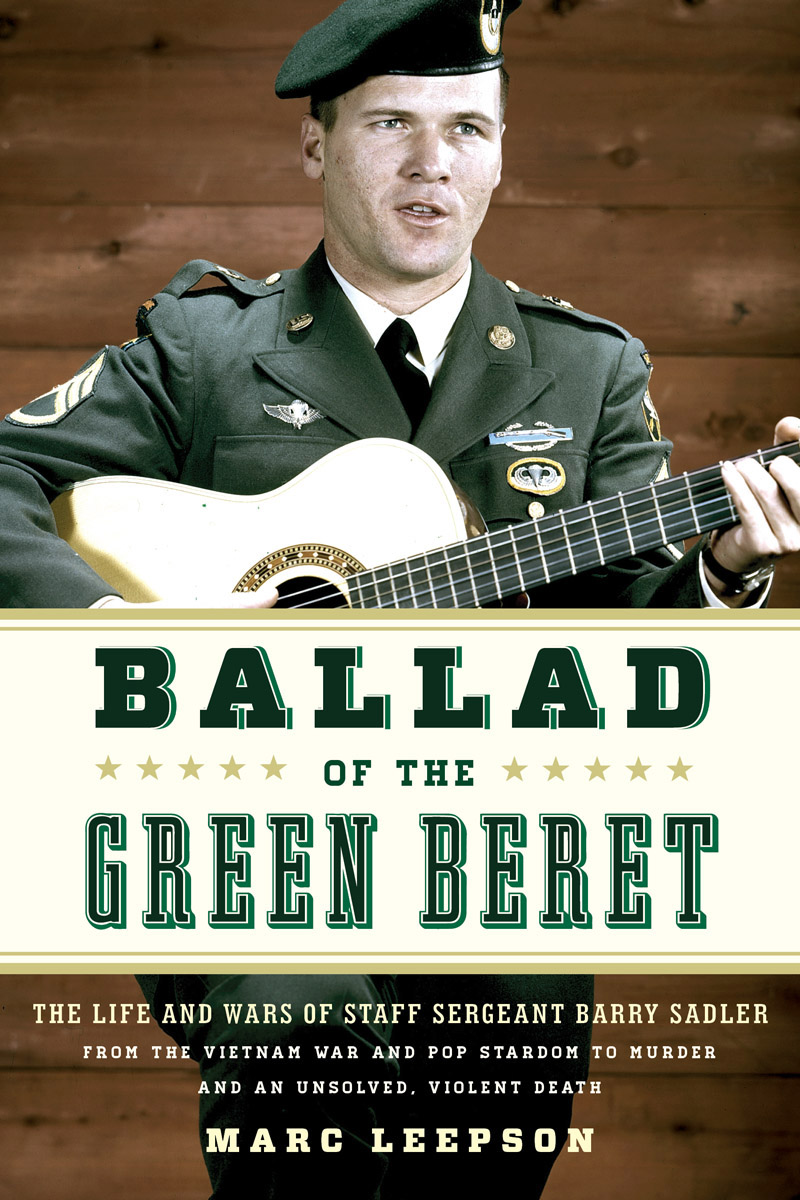
BALLAD OF THE GREEN BERET
Published by Stackpole Books
An imprint of Globe Pequot
Trade Division of The Rowman & Littlefield Publishing Group, Inc.
4501 Forbes Boulevard, Suite 200, Lanham, Maryland 20706
www.rowman.com
Distributed by
NATIONAL BOOK NETWORK
800-462-6420
Copyright 2017 by Marc Leepson
All rights reserved. No part of this book may be reproduced in any form or by any electronic or mechanical means, including information storage and retrieval systems, without written permission from the publisher, except by a reviewer who may quote passages in a review.
British Library Cataloguing in Publication Information Available
Library of Congress Cataloging-in-Publication Data Available
ISBN 978-0-8117-1749-6 (hardcover)
ISBN 978-0-8117-6568-8 (e-book)
 The paper used in this publication meets the minimum requirements of American National Standard for Information SciencesPermanence of Paper for Printed Library Materials, ANSI/NISO Z39.48-1992
The paper used in this publication meets the minimum requirements of American National Standard for Information SciencesPermanence of Paper for Printed Library Materials, ANSI/NISO Z39.48-1992
To my fellow Vietnam War veterans and in memory of those who made the ultimate sacrifice in that war
PROLOGUE A SOLDIER AT HEART
Barry was one of the nicest guys you ever met in your life and had one of the biggest hearts youd ever seen. Made the best friend you could possibly ask forand the worst enemy that you didnt want.
EARL OWENS1
When the telephone rings at 6:20 in the morning, the news rarely is good. The news wasnt very good at all when the bedside phone at Nashville literary agent Robbie Robisons suburban home bolted him awake before dawn on Saturday morning, December 2, 1978. His client and friend Barry Sadlerthe former Green Beret staff sergeant whose song The Ballad of the Green Berets was the No. 1 hit single of the year 1966was on the other end of the line.
Sadler, age thirty-eight, was nursing a mug of coffee in a Shoneys restaurant in Hendersonville, a Nashville suburb. It had been a long, violent, memorable night.
Robbie, it went down last night, Sadler told his half-awake manager.
What went down?
I shot him. I shot that dude. Would you come out here and lets talk?2
Sometime between 10:30 and 10:50 the night before, on Friday, December 1, 1978, after an evening of drinking that started in a bar called the Natchez Trace Lounge, Barry Sadler shot and killed a washed-up country music singer/songwriter named Lee Emerson Bellamy. Barry gunned him down in the parking lot of the Knollwood Apartments in one of Nashvilles quiet suburbs. Bellamy, a fifty-six-year-old World War II veteran whose police record was almost as long as his recording credits, had made the mistake of trying to barge in on Barry Sadler and his female companion, Darlene Sharpe, Bellamys former girlfriend. For weeks Bellamy had been harassing and threatening the twenty-five-year-old waitress and would-be country music singer, as well as her famous former Green Beret friend.
On this night, though, Lee Bellamy was not up to no good. He was looking for some recording equipment hed left in the apartment. When Barry Sadler realized it was Bellamy ringing the apartments doorbell, he bolted out the sliding patio doorsarmed with a .38-caliber Smith & Wesson revolver and a nightstick given to him by the Chicago Police Department in 1966. When Bellamy saw the former Special Forces soldier, he hotfooted it back to his dilapidated, white 1970 Ford cargo van, jumped in the drivers seat, and grabbed his keys. Sadler then ran up to the van.


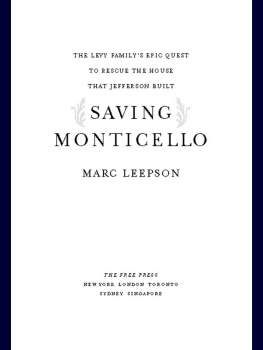
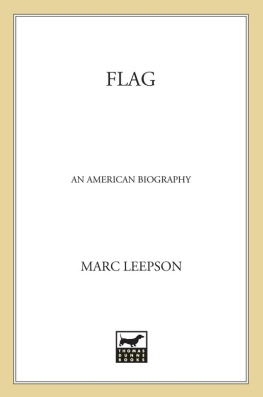


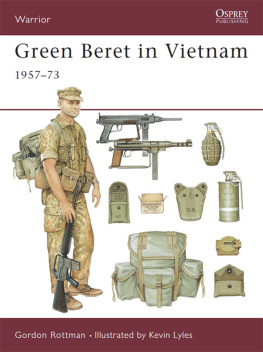
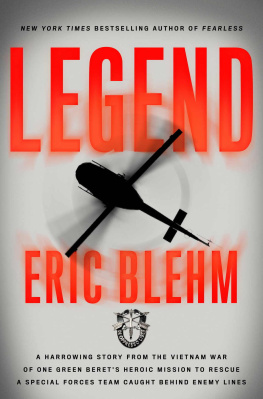

 The paper used in this publication meets the minimum requirements of American National Standard for Information SciencesPermanence of Paper for Printed Library Materials, ANSI/NISO Z39.48-1992
The paper used in this publication meets the minimum requirements of American National Standard for Information SciencesPermanence of Paper for Printed Library Materials, ANSI/NISO Z39.48-1992